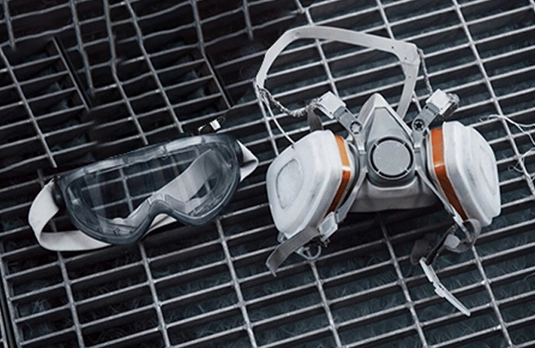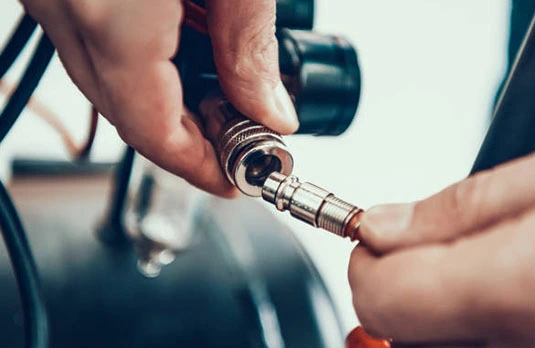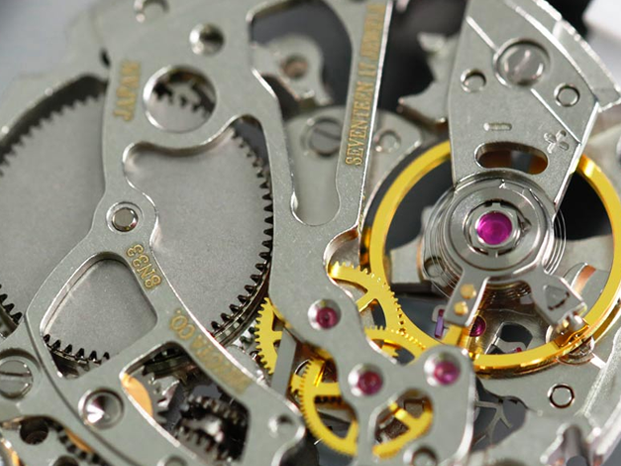
Industrial paint spray gun is a high-performance tool designed for large-scale, heavy-duty painting and coating applications in industrial settings. These industrial air spray guns by a trusted industrial spray gun manufacturer such as Porphis are built to handle high volumes of paint or coatings and are engineered for durability, precision, and efficiency, making them ideal for use in factories, manufacturing plants, automotive assembly lines, and other professional environments where large areas or complex surfaces need to be coated quickly and uniformly. For businesses looking to upgrade their equipment, finding the right industrial paint sprayer for sale ensures both performance and long-term value.

1. Prepare the Material
Mixing: Mix the paint or coating material according to the industrial coating solution provider's instructions. This might include adding thinner or hardener.
Straining: Strain the material to remove any lumps or impurities that could clog the industrial air spray gun.
2. Set Up the Air Supply
3. Adjust the Industrial Spray Painting Equipment Settings
Fluid Adjustment: Adjust the fluid control knob to regulate the amount of material being sprayed.
Fan Pattern: Adjust the fan pattern control to set the desired spray pattern.
Air Pressure Adjustment: Fine-tune the air pressure using the regulator on the spray gun if it has one.
4. Test Spray
Test Surface: Perform a test spray on a piece of cardboard or scrap material to check the spray pattern and material flow.
Adjustments: Make necessary adjustments to the fluid, air, and fan pattern controls until the desired spray pattern and material flow are achieved, especially when working with the best industrial paint sprayer to ensure maximum efficiency and coating quality.

Solvent Cleaning
Solvent: Use an appropriate solvent recommended by the manufacturer.
Soak Parts: Soak the disassembled parts (except for the air passages) in the solvent.
Brush: Use a soft brush to remove paint residues from the parts.
Flush: Flush the solvent through the fluid passages using a small brush or a specialized spray gun cleaning kit.
Water-Based Cleaner
Water-Based Cleaner: Use if you are using water-based paints.
Soak and Brush: Soak parts in the cleaner and use a brush to clean.
Flush: Flush the cleaner through the fluid passages.
Ultrasonic Cleaning
Ultrasonic Cleaner: Place disassembled parts in an ultrasonic cleaner filled with solvent or water-based cleaner.
Duration: Run the ultrasonic cleaner for the recommended time to remove stubborn residues.

Versatile Coating Types – Effective for epoxy, primer, urethane, enamel, and many other industrial coatings.
Solvent & Water-Based Ready – Performs reliably with both solvent-based and water-based materials.
Handles Heavy Materials – Adaptable orifice sizes and robust fluid feed system prevent clogging when spraying viscous coatings, a feature valued by professional paint spray gun manufacturers worldwide.
Industrial Use Cases – Ideal for factories working on metal panels, machinery, pipelines, or steel structures.
